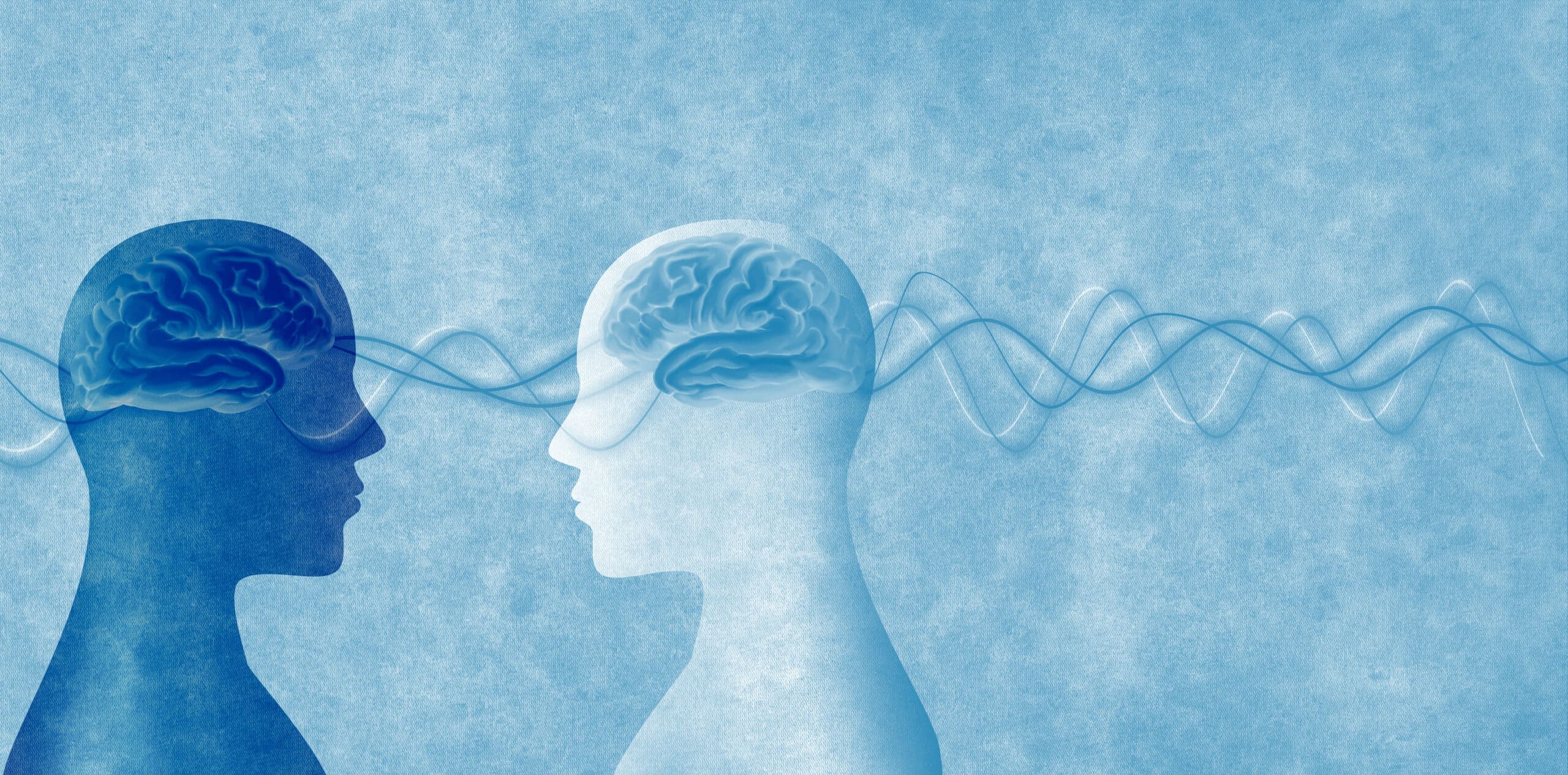In this post
Unlike Gibson’s ‘bottom-up’ theory, Gregory’s theory proposed that the way in which we perceive things is not just based on what we can actually see before us but also on our past experiences as well. This is known as a constructivist theory or a ‘top-down’ theory (as in our memories – in the top of our heads – help us to perceive things!)
Gregory maintained that we have so much sensory input (which refers to everything that is happening in a person’s immediate environment, so everything that they can see, hear, touch, taste and smell) going on around us all of the time that we must have to have some form of ability to sort it out into meaningful information, and the way in which we do this is by using our prior knowledge of a situation or object, our inferences about what will happen together with our memories.
Gregory further argued that individuals base their perceptions on what is termed a perceptual set, which states that people are hypothesising (in other words they have a perceptual hypothesis) that their environment and what it contains is based on what they expect to see. For example, if you were standing in front of someone’s desk at work and you saw on it a black, rectangular, metal object, according to your perceptual set, you would infer that this was likely to be a stapler based on what you know about a stapler already and what you would expect to be on an office desk.
Another example of an expectation might be that your brother drives past your house on his way home from work every day; therefore, you would recognise him and his car as you would be expecting to see them. If you weren’t expecting to see him and you drove past him in the street, you might not actually notice him because you were not expecting to see him there.
So, in summary of Gregory’s top-down theory:
- Sensory input combines with prior knowledge to help process information
- All perceptions of the world are based on past experiences and the stored information we have from these
- Quite often, the brain is guessing what the eyes are seeing, based on what it already knows and according to the person’s perceptual hypothesis (perceptual set) of what it expects to see rather than what it is actually seeing.
Strengths of Gregory’s theory
- People tend to respond to certain objects in certain ways, even if what they are seeing is not clear. For example, someone may act as though they are about to go through a door, even if they can only see a tall rectangular shape in the wall. This supports the theory because people are reacting in a way that shows they know what to expect from a door
- The Necker cube (below) can change orientation because people cannot decide which perception of it is correct. This shows that people are capable of having two perceptual hypotheses about the same object and what they already know about the concepts of near and far

Weaknesses of Gregory’s theory
- The theory cannot explain why so many people perceive the world in a similar way if perception is based on unique information, stored by individual people. Therefore, it is stated by critics of Gregory that the information must be coming from the environment
- Babies have been shown to be able to perceive their world. If perception is based on stored knowledge and experiences, babies would not be able to do this, as they do not yet have a bank of stored information.




